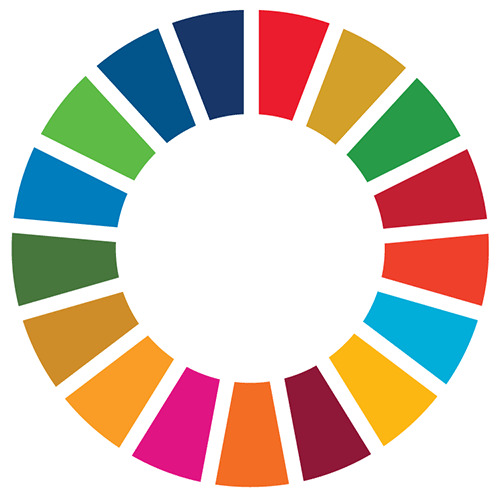Impact is the reason why we do research
At Griffith, we're committed to making a difference. To play our part, no matter how large or small, in advancing human knowledge, creating solutions and driving societal, economic, cultural, technological and environmental change. Impact has been adopted as a guiding principle of the Griffith Research and Innovation Plan 2025-2030.
Research is one of the key platforms through which the University has the capacity to exert influence, to transform lives and offer solutions to the world’s biggest challenges. This influence can be seen leading industry, protecting the environment, making medical breakthroughs, and changing policy and practice. Here, we showcase some of the Griffith University research projects with real and measurable impact that is making a better world. Our world-class researchers tackle local and global challenges, providing solutions that will help ensure a more robust, equitable and environmentally sustainable society to be enjoyed by future generations.

Sustainable Development Goals
Griffith's breadth of leading research addresses global challenges and contributes to key targets described in Agenda 2030 and the Sustainable Development Goals (SDGs).
Research Impact Hub
Griffith’s Research Impact Hub is managed by researchers, for researchers. From learning how to define impact and how it translates across disciplines, to measuring success – and everything in between – the resources aim to promote excellence among the Griffith research community.
Research commercialisation
Griffith Enterprise facilitates great partnerships and connections for business-led innovation and our leading research centres. We provide support for industry partnerships, sponsored research and development, commercial contracting, intellectual property licensing and venture formation.